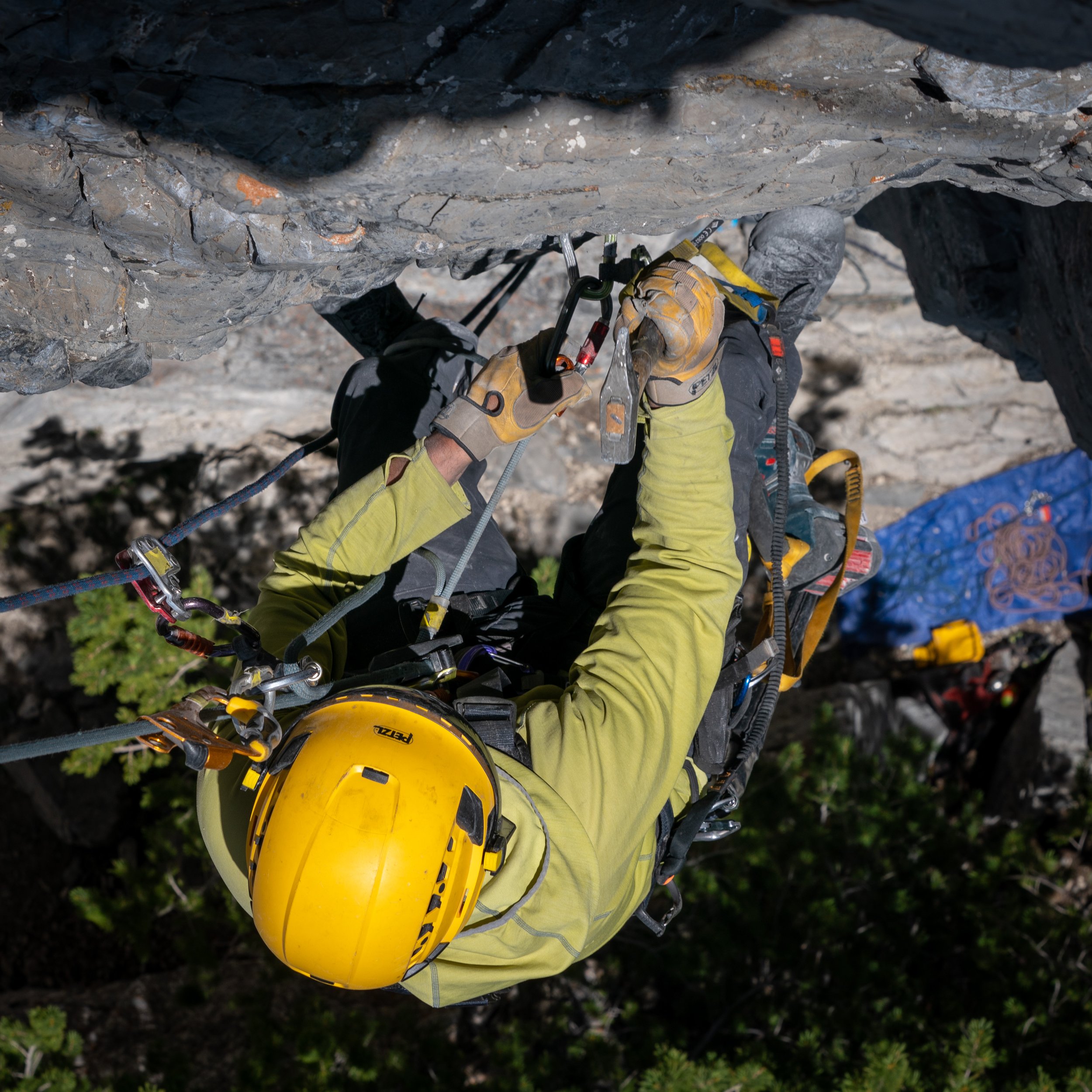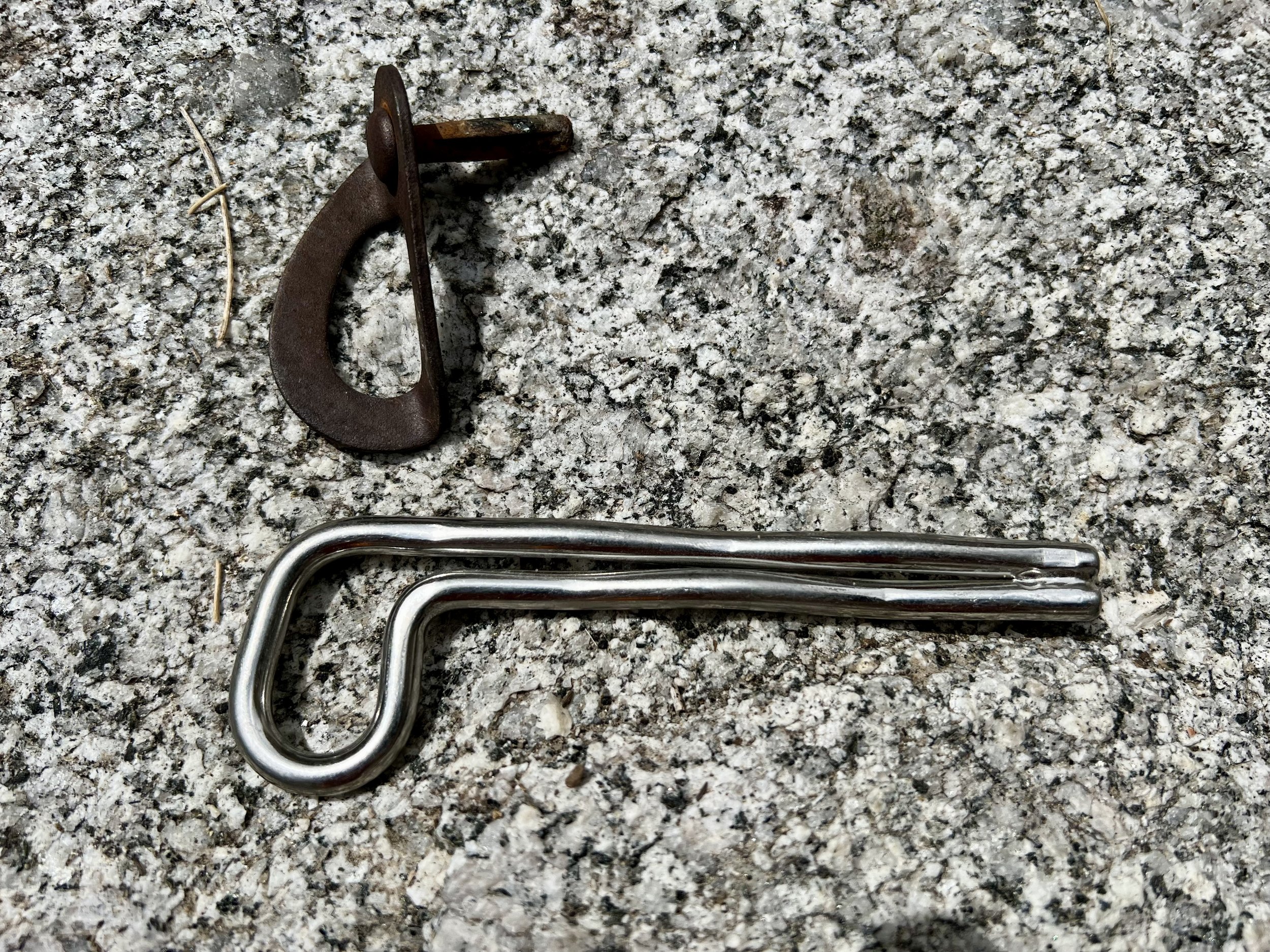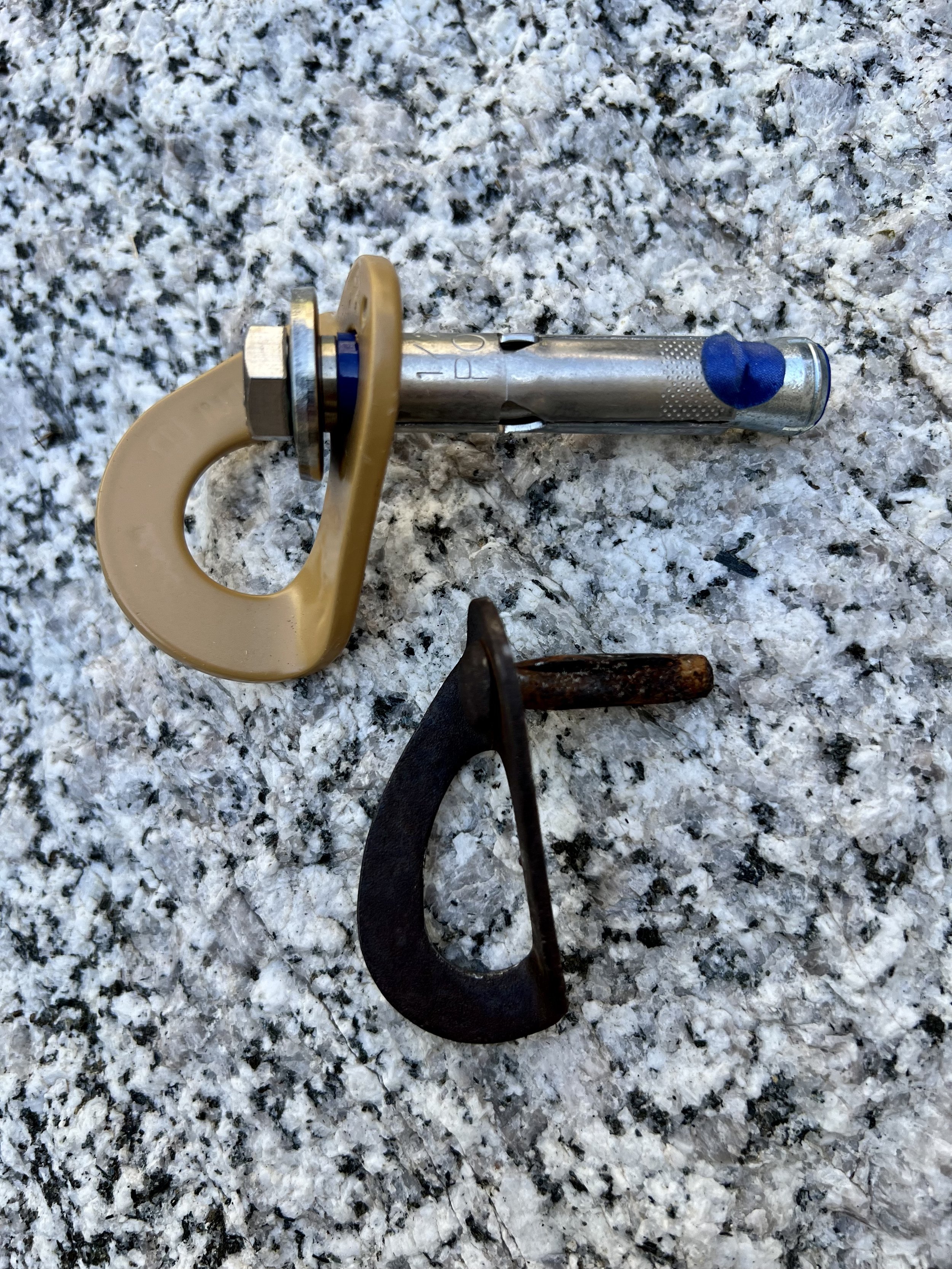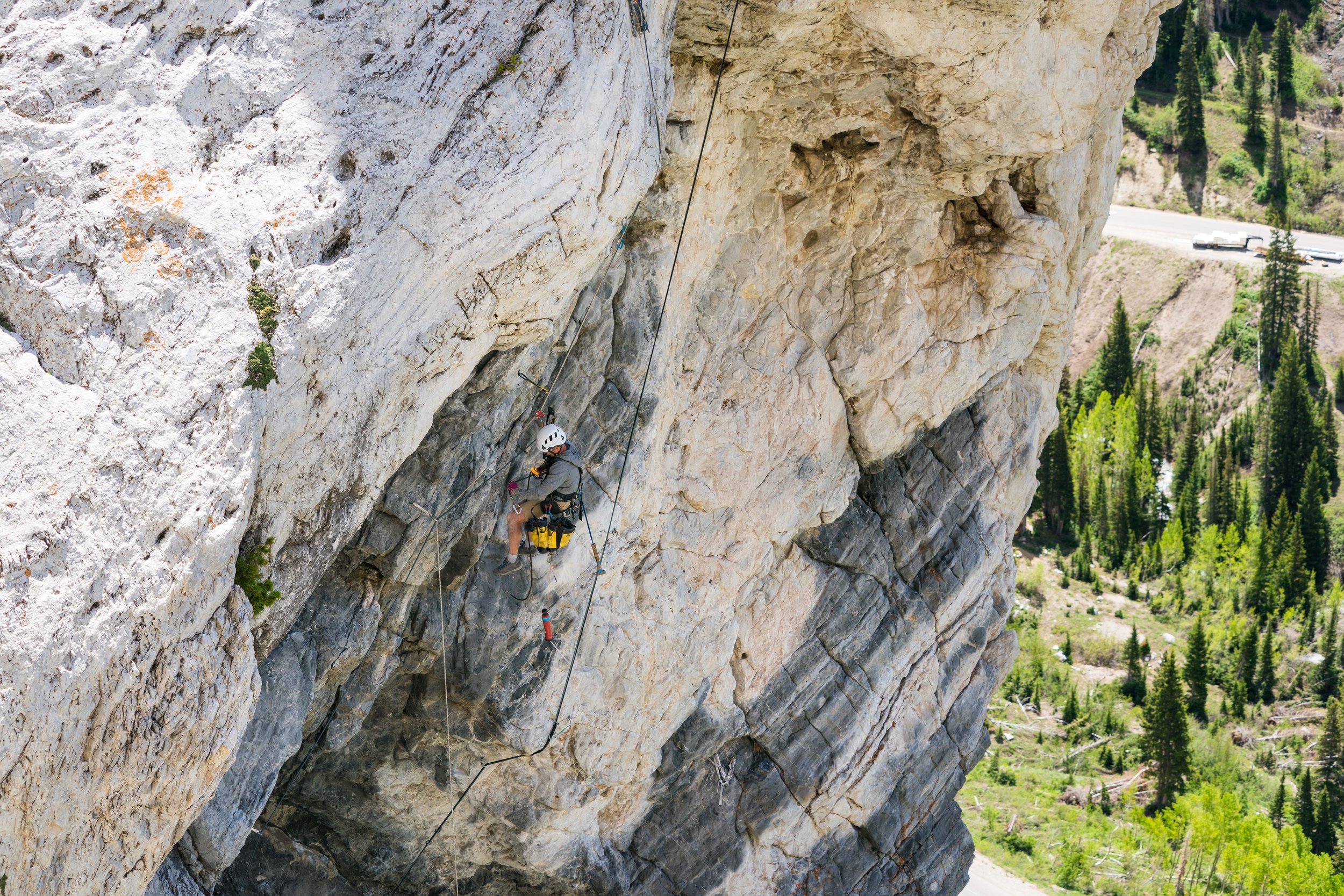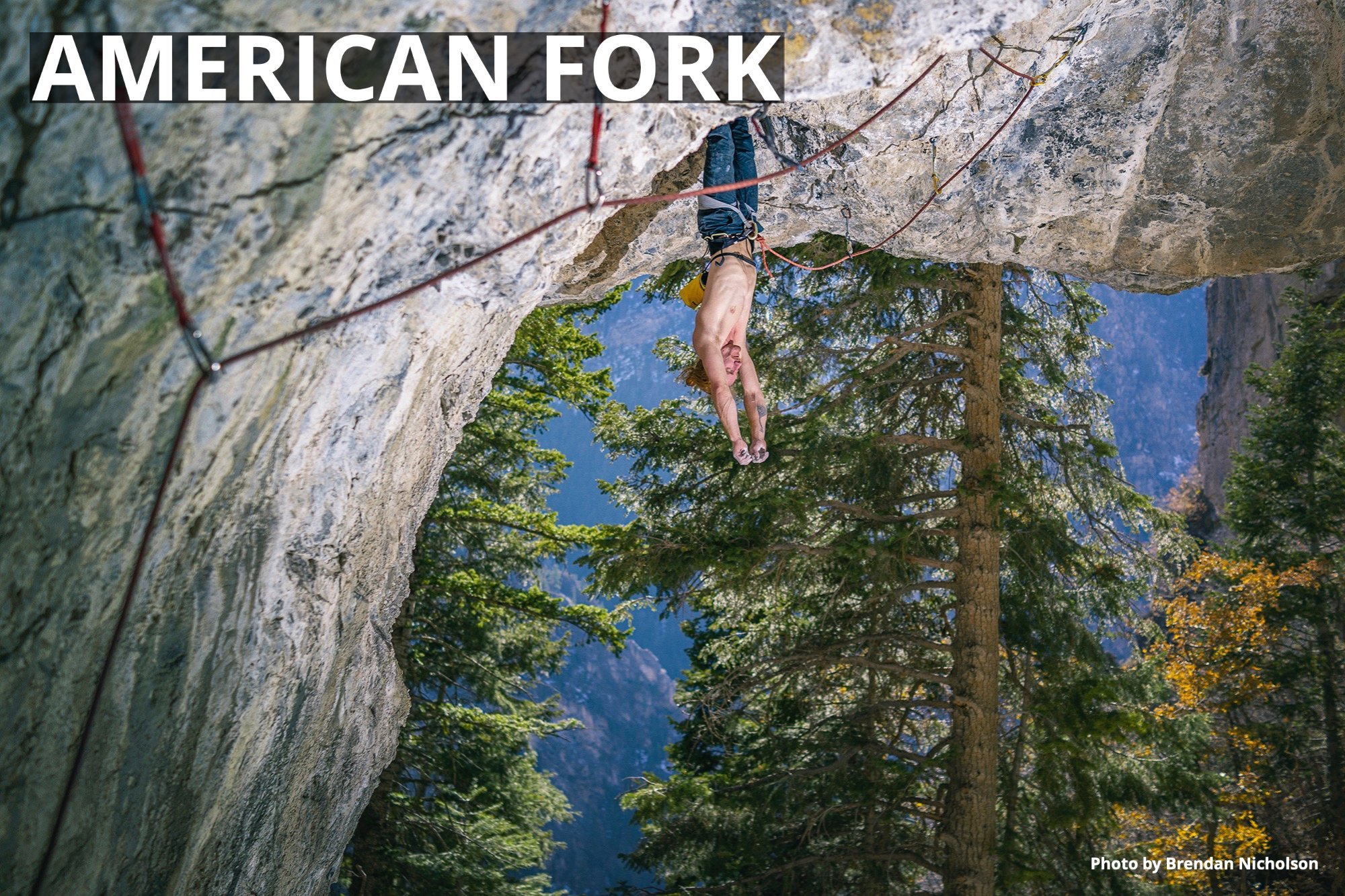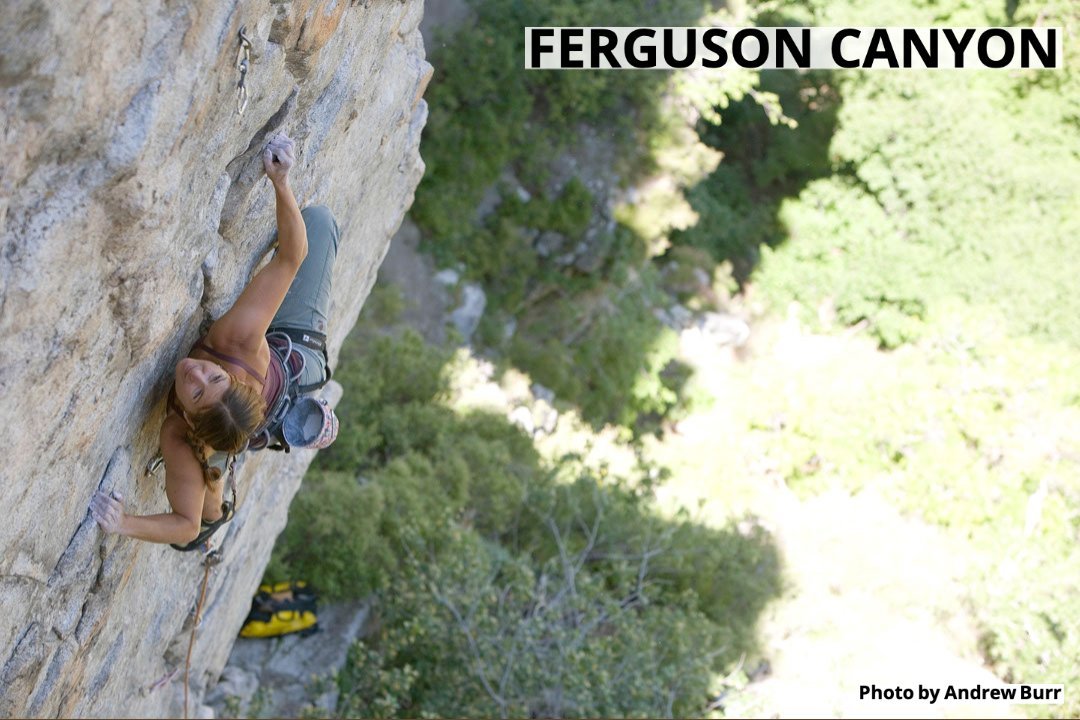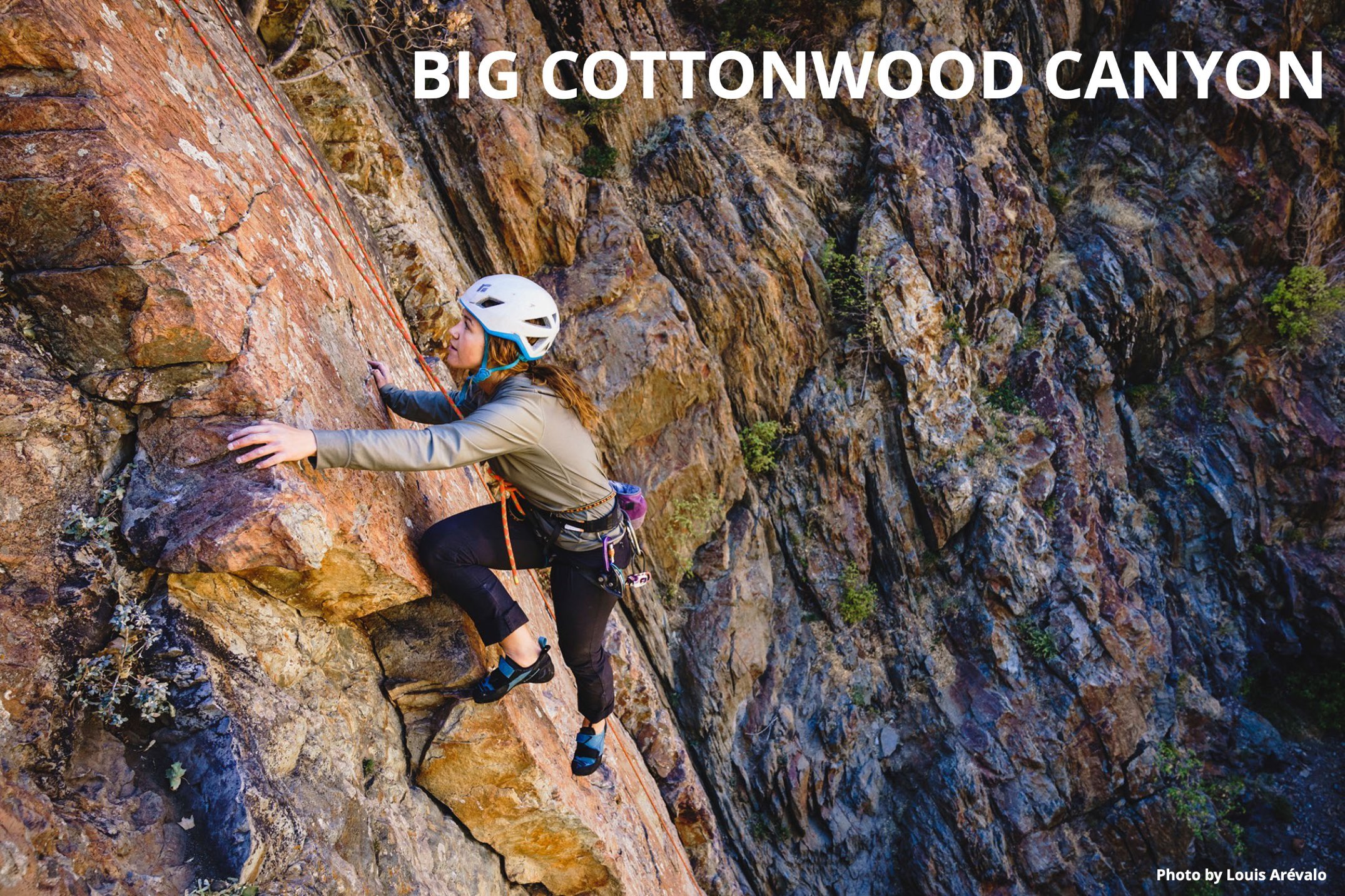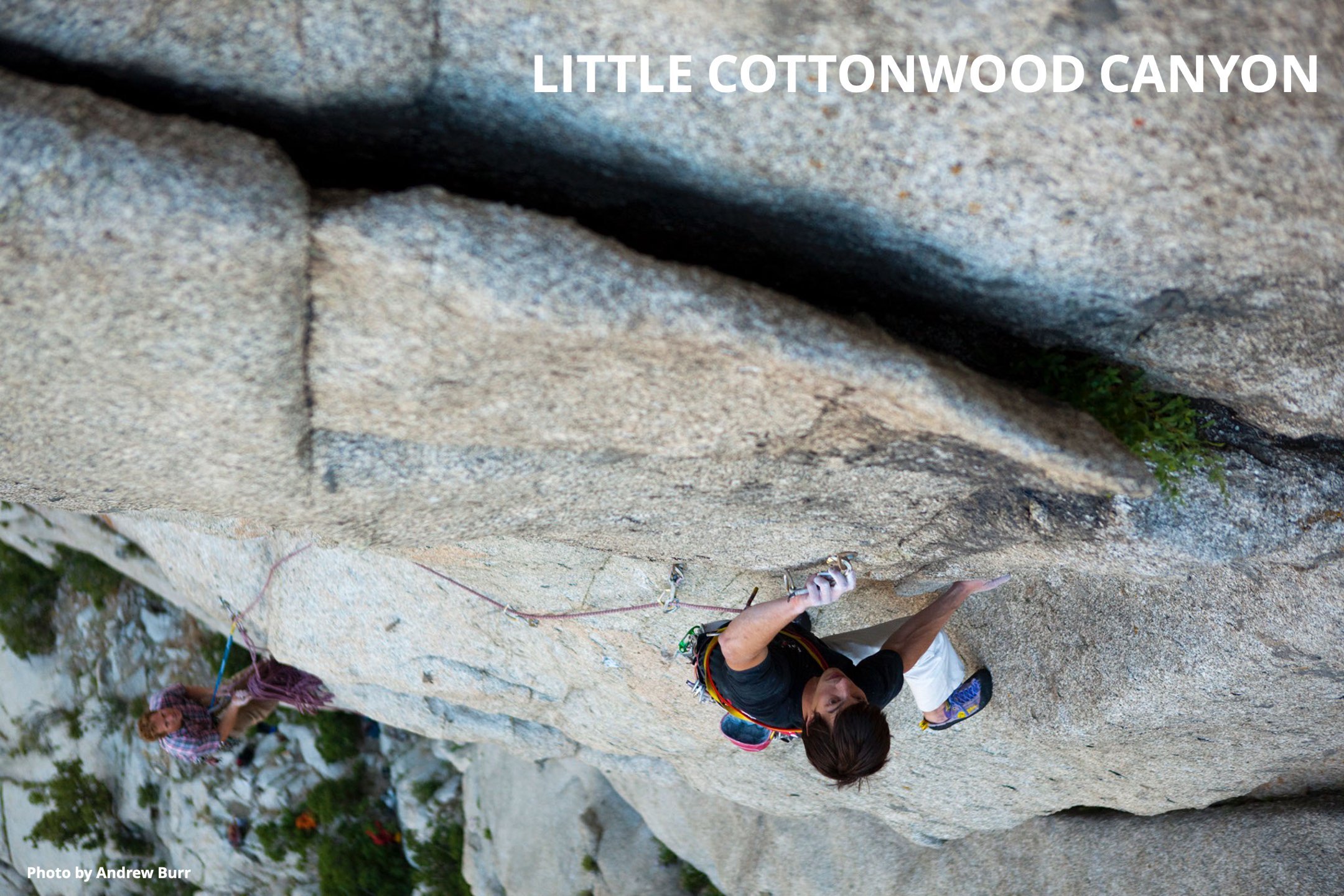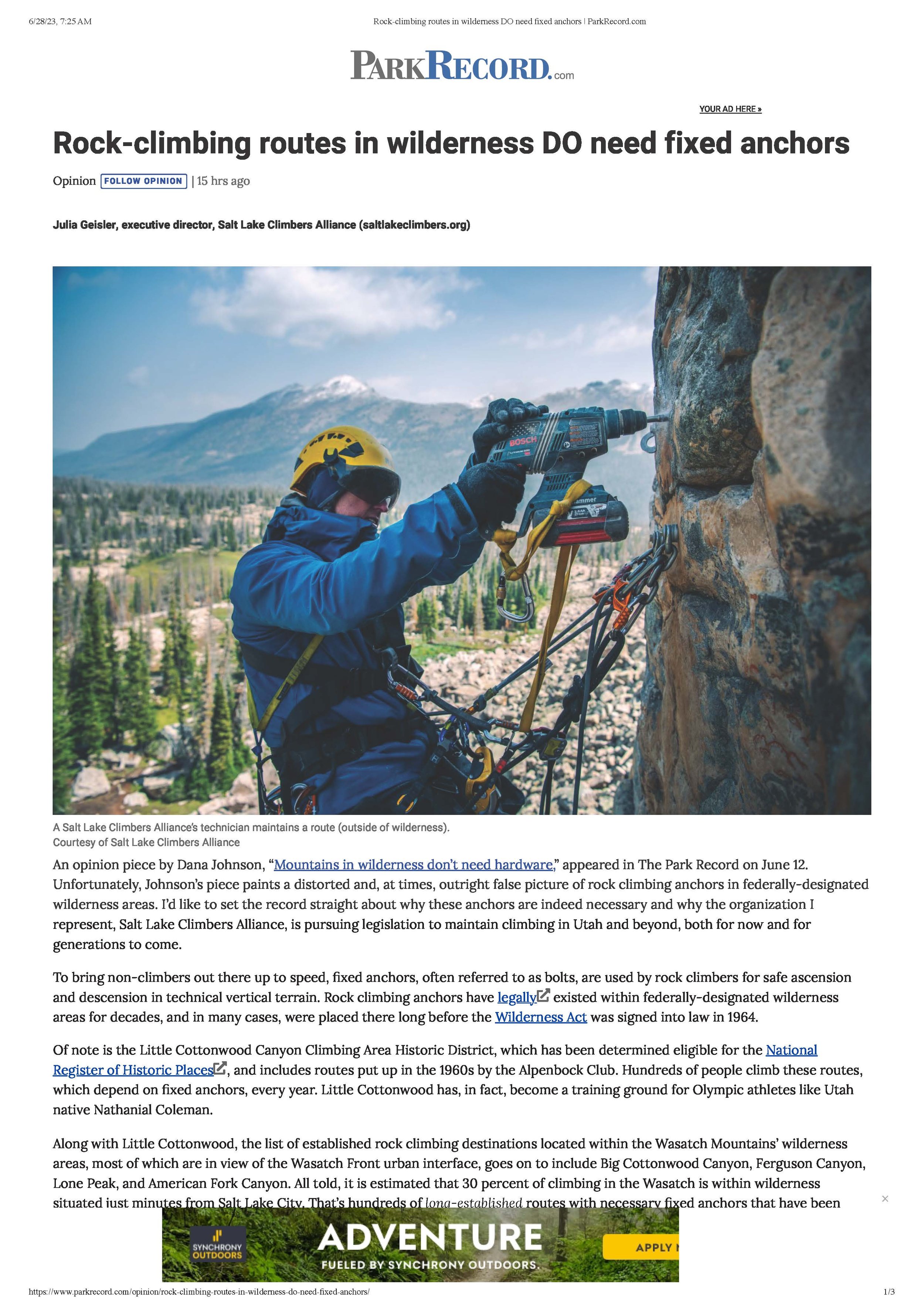Rock Climbing Routes in Wilderness DO Need Fixed Anchors
Rock Climbing Routes in Wilderness DO Need Fixed Anchors - Op-ed
By Julia Geisler, Executive Director, Salt Lake Climbers Alliance
Over the last several weeks, an opinion piece written by Writers on the Range columnist Dana Johnson, titled “Mountains Don’t Need Hardware,” has appeared in various newspapers across the Intermountain West, including The Park Record. Unfortunately, Johnson’s piece paints a distorted and, at times, outright false picture of rock climbing anchors in federally designated Wilderness areas. Here, I’d like to set the record straight about why these anchors are indeed necessary and why the organization I represent, Salt Lake Climbers Alliance (SLCA), is pursuing legislation to maintain climbing in Utah and beyond, both for now and for generations to come. This op-ed has been submitted to our local papers in the Wasatch and has been run by the Park Record.
To bring non-climbers out there up to speed, fixed anchors, often referred to as bolts, are used by rock climbers for safe ascension and descension in technical vertical terrain. Rock climbing anchors have legally existed within federally designated Wilderness areas for decades, and in many cases, were placed there long before the Wilderness Act was signed into law in 1964.
Of note is the Little Cottonwood Canyon Climbing Area Historic District which has been determined eligible for the National Register of Historic Places, and includes routes put up in the 1960s by the Alpenbock Club. Hundreds of people climb these routes, which depend on fixed anchors, every year. Little Cottonwood has, in fact, become a training ground for Olympic athletes like Utah native Nathanial Coleman. Along with Little Cottonwood, the list of established rock climbing destinations located within Wasatch Mountains’ Wilderness areas, most of which are in view of the Wasatch Front urban interface, goes on to include Big Cottonwood Canyon, Ferguson Canyon, Lone Peak, and American Fork Canyon. All told, it is estimated that 30 percent of climbing in the Wasatch is within Wilderness situated just minutes from Salt Lake City. That’s hundreds of long-established routes with necessary fixed anchors that have been around for decades, much of which are made up of non-stainless hardware that, if not replaced, will corrode, rust, and fail under human weight. The Salt Lake Climbers Alliance contends that maintaining existing climbing resources, even those located within Wilderness, is a matter of public safety.
This standpoint not only runs counter to Johnson’s outdated opinion that fixed anchors do not belong in Wilderness, but to the National Park Service’s (NPS) stance on the issue as well. Recently, the NPS moved to prohibit fixed anchors in Wilderness areas across the nation. This would set a dangerous precedent for other federal agencies to follow suit, essentially prohibiting climbing in Wilderness.
Now is the time to finally move away from arguing about whether or not climbing belongs in Wilderness and towards common sense climbing area management, as outlined within Protect America’s Rock Climbing Act (H.R. 1380). This bi-partisan bill, co-sponsored by Representatives John Curtis (R-Utah) and Joe Neguse (D-Colo.), would bring consistency to how climbing areas within designated Wilderness are managed by:
requiring the Secretaries of Interior and Agriculture to issue national guidance on management of climbing within Wilderness areas;
clarifying that climbing, including sustainable placement, use, and maintenance of fixed anchors, are appropriate uses within Wilderness areas;
preserving the existing authority of land management agencies to regulate climbing to ensure it protects Wilderness characteristics, natural resources, and cultural values; and
providing means for public participation in decisions impacting climbing in Wilderness.
Andrew Bisharat, publisher of Evening Sends, succinctly framed the importance of maintaining climbing anchors within Wilderness areas in his piece “Breaking the Wilderness Bell Jar.” "This abstract conception of ‘Wilderness’ forever preserved under the bell jar of strong federal regulations need not be incompatible with responsibly regulated adventure sports like rock climbing, which leverage trails and, yes, bolts,” Bisharat wrote. “This is not to say that there shouldn’t be some areas of Wilderness that are entirely free of human presence. There should be. But let’s start standing behind the truth that climbing is relatively contained and quite low-impact, and whatever environmental costs are accrued through climbing infrastructure, these costs are absolutely worth the gains in spiritual flourishing and well-being that climbing delivers.” "
Utah, as well as much of the Western U.S., is blessed with world-class rock climbing, from roadside crags to alpine summits, much of which has existed within Wilderness areas for decades. With an exponentially growing climbing community, people will continue to climb these established routes for years to come. But if the National Park Service fails to establish a climbing management plan and continues to pursue its fixed-anchor ban in Wilderness, there will unfortunately be accidents and deaths as anchors age and ultimately fail. The time has come for both the federal government and naysayers like Johnson to acknowledge the reality that rock climbing bolts are a legitimate and useful part of the Wilderness experience.
Photos: Popular Wilderness climbing areas within minutes from Salt Lake City, Utah


